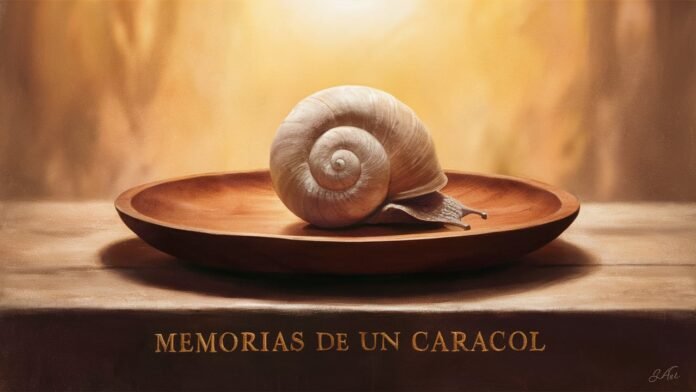“Site drive.google.com memorias de un caracol” is a poignant stop-motion animated film directed by the acclaimed Australian filmmaker Adam Elliot. Released in late 2024, the film has garnered significant attention for its unique storytelling and distinctive visual style. It delves deep into themes of isolation, resilience, and the human condition, presenting a narrative that resonates with audiences worldwide.
The film stands out in contemporary animation for its mature themes and intricate character development. Unlike mainstream animated features, “Memorias de un Caracol” caters to an adult audience, exploring complex emotions and situations with depth and sincerity. Its approach challenges the conventional perception of animation, proving that the medium can convey profound and thought-provoking stories.
In recognition of its artistic excellence, the film has received numerous accolades, including the prestigious Cristal Award at the Annecy International Animation Film Festival and a nomination for Best Animated Feature at the 2025 Academy Awards. These honors underscore its impact and significance in the realm of animated cinema.
The Visionary Behind the Film: Adam Elliot
Adam Elliot, born in 1972 in Melbourne, Australia, has established himself as a distinctive voice in the world of animation. With a background in fine arts and a passion for storytelling, Elliot has consistently produced works that blend humor with pathos, often drawing from personal experiences and observations of human idiosyncrasies.
Before “Memorias de un Caracol,” Elliot was best known for his Academy Award-winning short film “Harvie Krumpet” (2003) and the critically acclaimed feature “Mary and Max” (2009). Both films showcased his signature stop-motion technique and his ability to craft narratives that are both heartwarming and melancholic.
The inspiration for “Memorias de un Caracol” stemmed from a deeply personal experience. Following the passing of his father, Elliot was confronted with the task of sorting through his father’s extensive collection of belongings. This encounter with hoarding and the memories attached to objects sparked the idea for the film’s protagonist, Grace, and her journey. Elliot’s directorial approach is characterized by meticulous attention to detail, both in narrative structure and visual composition. He employs a handcrafted aesthetic, with each frame painstakingly crafted to convey emotion and atmosphere. This dedication results in a tactile and immersive viewing experience that draws audiences into the world he creates.
Plot Synopsis
Set in the 1970s in rural Australia, “Memorias de un Caracol” follows the life of Grace Pudel, a young girl born with a cleft lip. From an early age, Grace faces adversity, including the death of her mother during childbirth and the subsequent paralysis and alcoholism of her father. The twins, Grace and Gilbert, are eventually separated by social services, leading Grace into a life of solitude and introspection.
As she grows, Grace develops a fascination with snails, finding solace in their slow and deliberate existence. Her collection of snail figurines becomes a metaphor for her own life—marked by caution, retreat, and a yearning for connection. The narrative takes a turn when Grace befriends Pinky, an eccentric elderly woman with a zest for life. Through this unlikely friendship, Grace begins to emerge from her shell, confronting her past traumas and embracing the complexities of the world around her.


